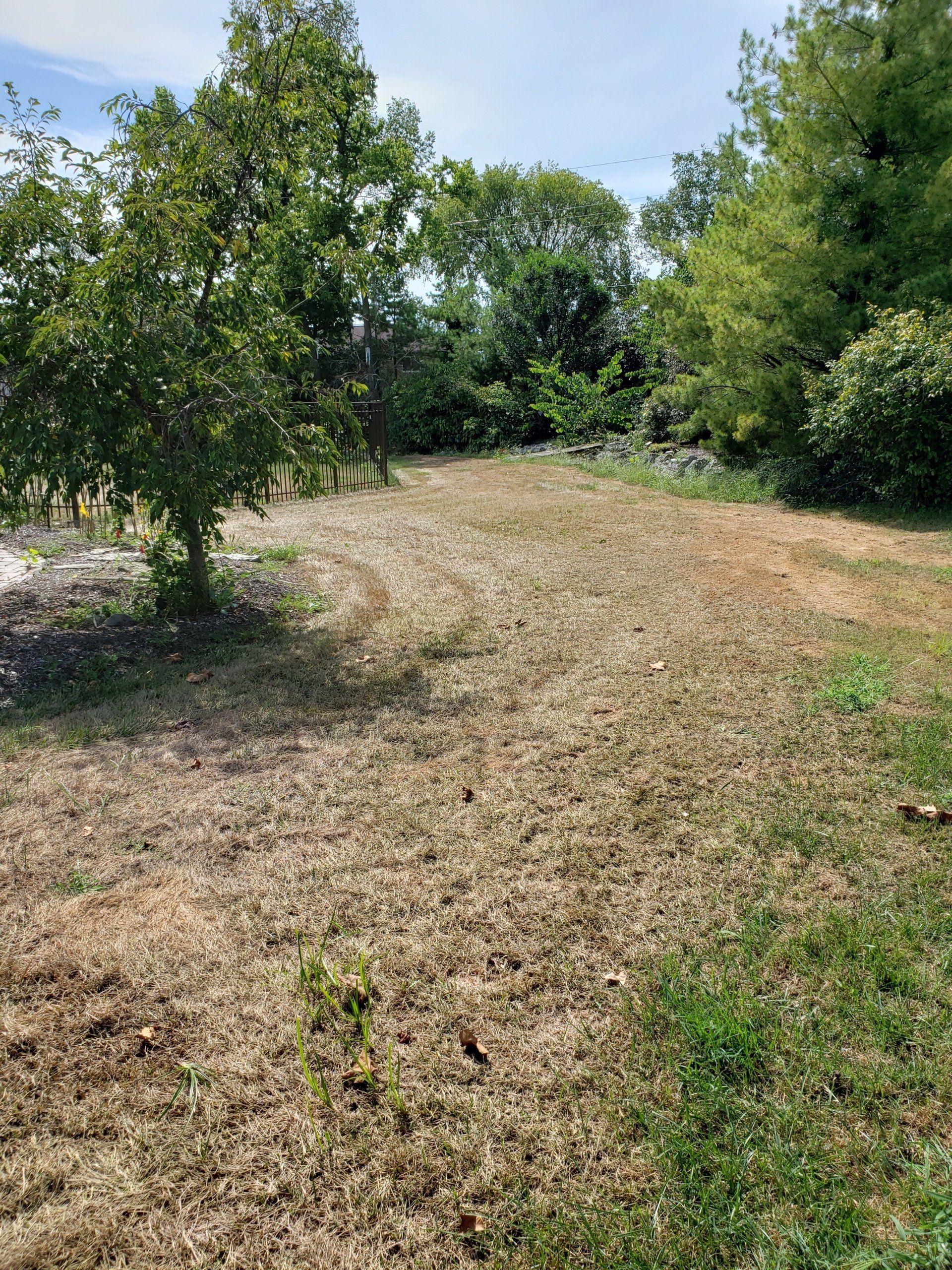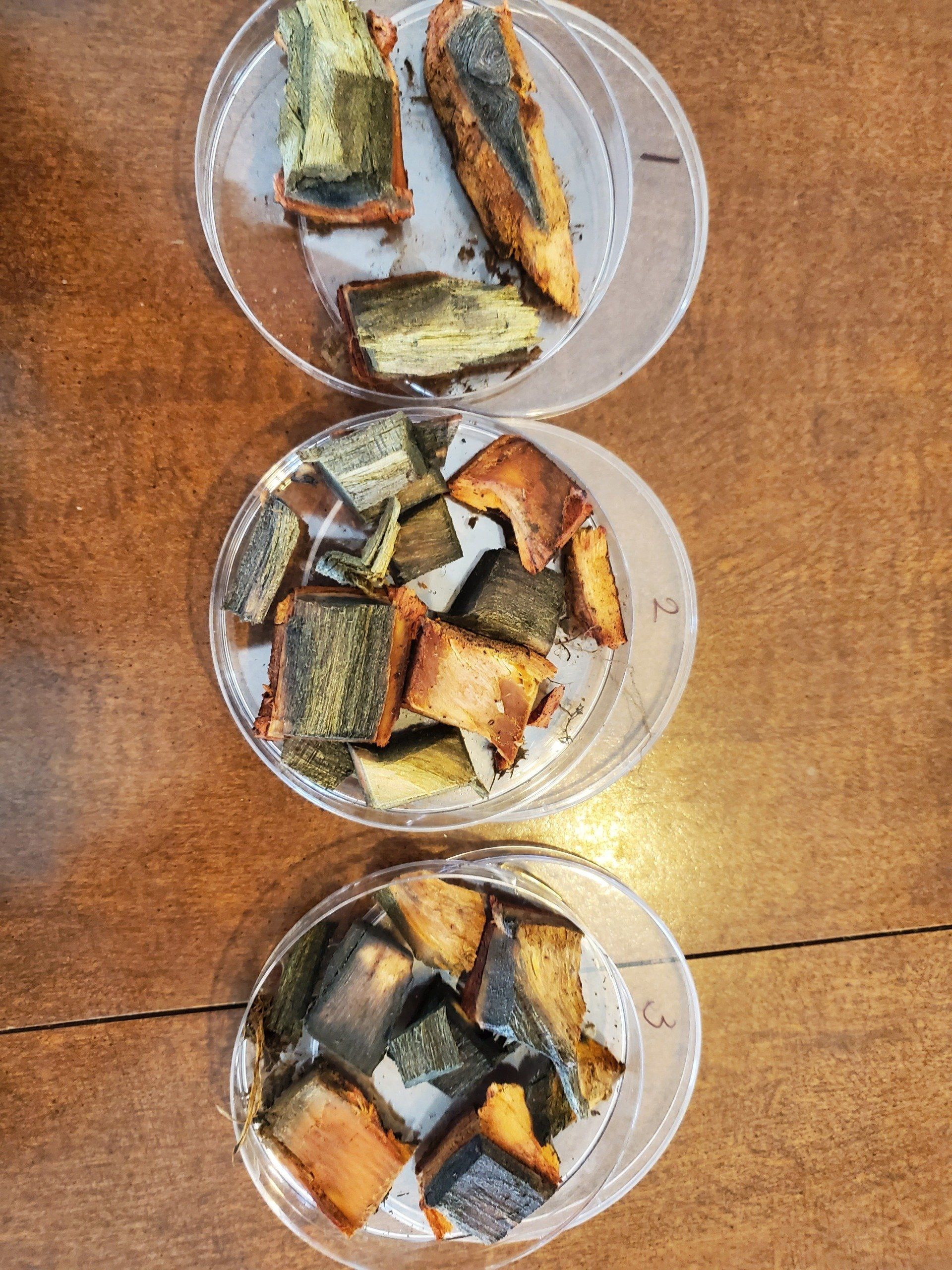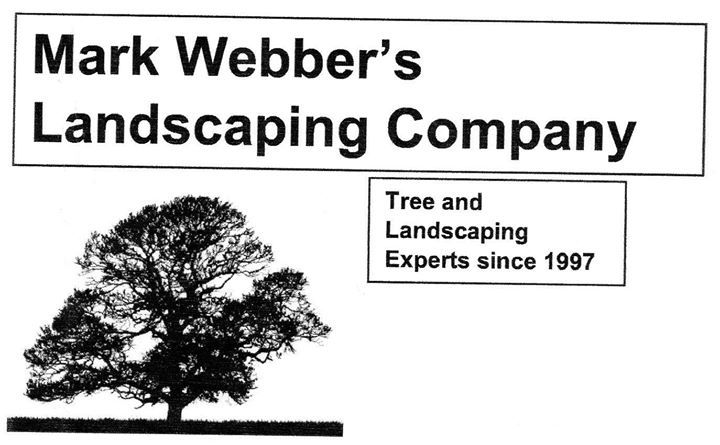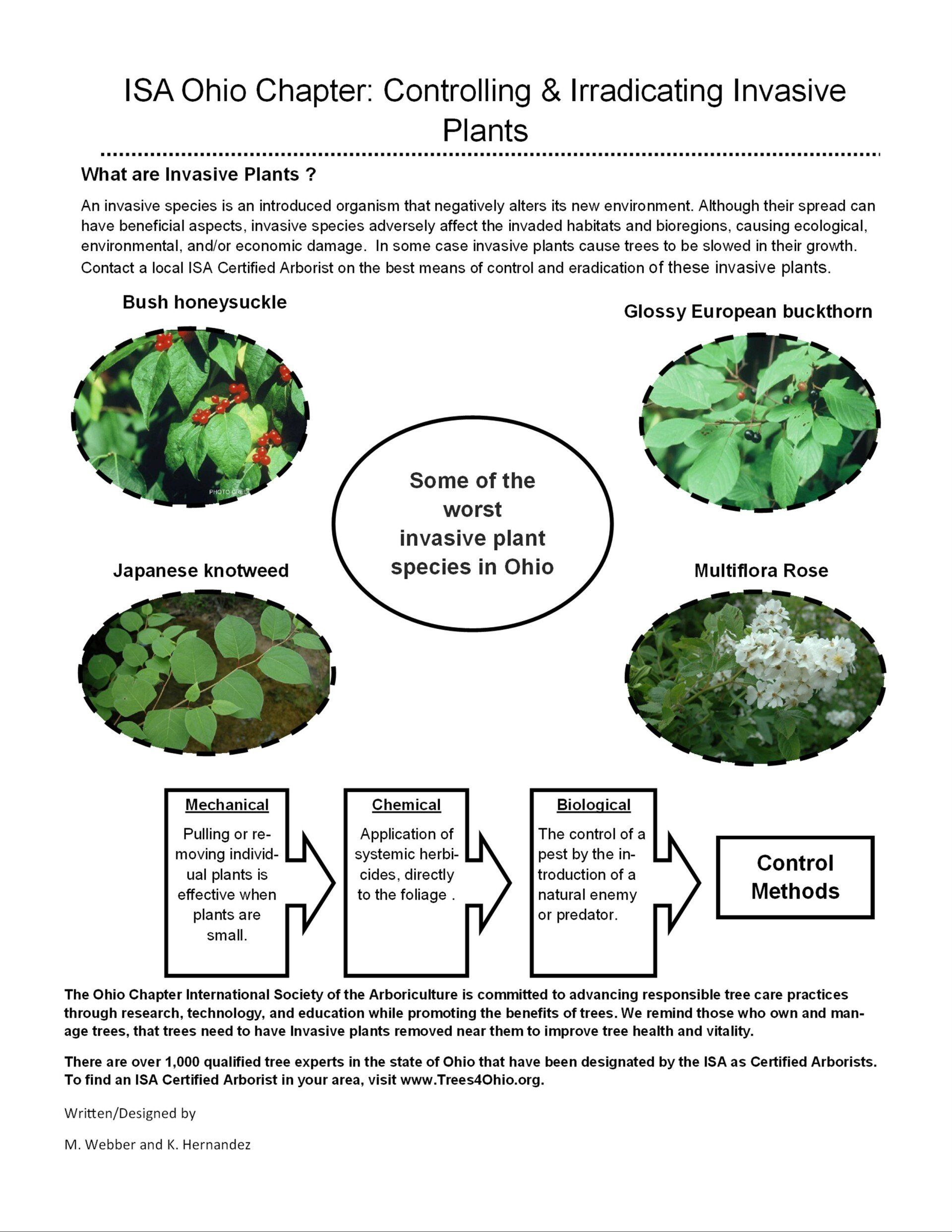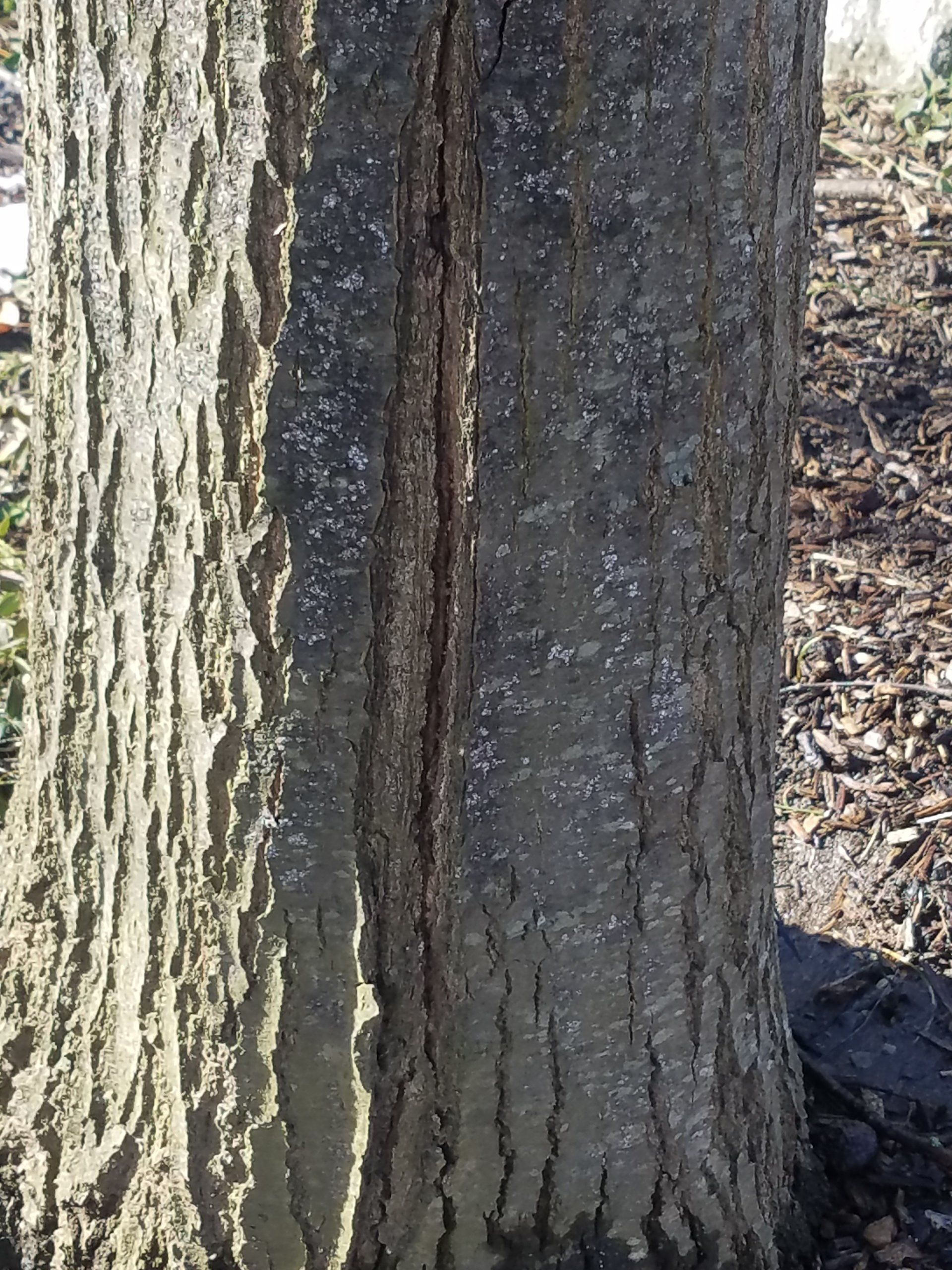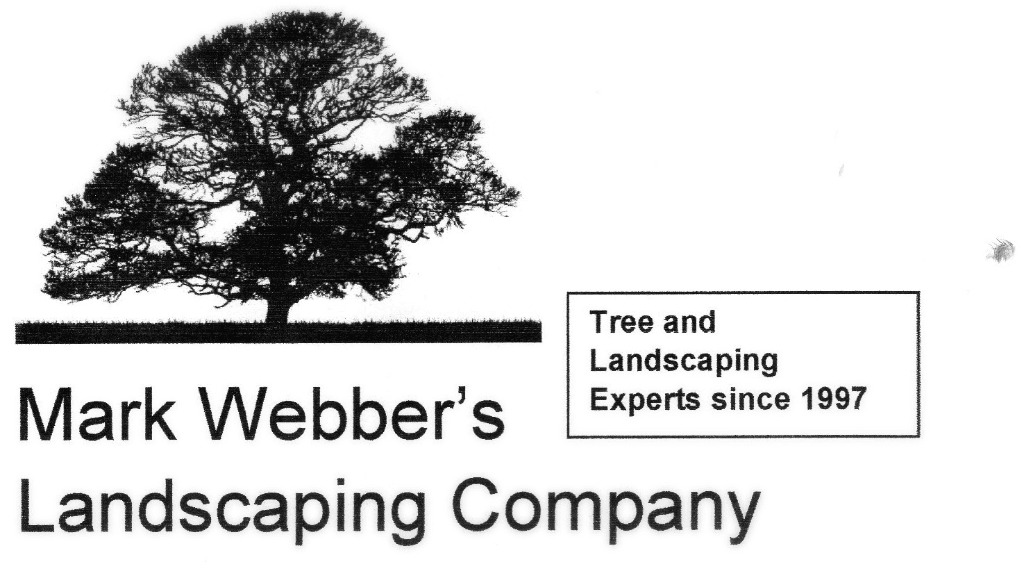How often should I fertilize my yard? Will my lawn fertilization/treatments applications hurt my trees?
In the spring I hear this question a lot: How often should I fertilize my yard? For any tree or plant or lawn to be successful, it must have an ample supply of nutrients from the soil that can be transported from the roots to various parts of the tree, including the leaves, to support the plant's essential functions like photosynthesis. For generations, the thought of many green industry professionals has been that all plants, including trees and lawns, need to be fertilized on a regular and on-going basis. Industry regulations and standards suggest that fertilizer applications should be carefully considered and done only if there is a laboratory test that indicates that the target plant is lacking in one or more of the required nutrient’s to support a healthy plant. In fact, scientific research has shown that over fertilization is more harmful to trees than under fertilization(Coder 2017). Coder further states that trees recycle up to 60% of the yearly Nitrogen needs into the forthcoming year's needs. Nitrogen needs of a tree are affected by many circumstances.
One of the most significant, but often overlooked conditions changing nitrogen requirements, is the fundamental perennial growth form of a tree. When trees are young, their whole mass is filled with living cells with significant nitrogen demands. As trees age, they begin to shed inefficient parts and tissues, concentrating nitrogen into those tissues which provide positive benefits to the whole organism. The shedding process includes branch self-pruning, leaf and twig abscission, and heartwood formation. Constant nitrogen loads (or increasing loads) after a tree has reached its full site respiration load and begins to shed inefficient parts can be wasteful of the nitrogen resource added and disrupt effective tree functions.
Whole Tree Reactivity
Whole tree reactions to significantly increased nitrogen levels through enrichment include increased growth, size, and amino acid content. Unfortunately, there is an interaction between increased pest effectiveness and decreased the production of defensive materials within a tree. Generally, shoots are emphasized over roots and food storage with larger nitrogen loads. Whole tree reactions to nitrogen shortage are not simply opposite of high nitrogen content reactions. Tree reactions to nitrogen shortages include decreases in most growth processes except for absorbing roots.
No one can adequately or professional provide fertilization to a lawn or tree or a landscape without performing a soil test. From that soil test, the proper doses of nutrients should be levied or prescribed for the whole landscape including the trees and the turf. A special consideration that the lawn care or tree professional must consider is the prescribed fertilization one group of plants doesn't adversely affect another.
The ANSI A300 (Part 2) - 2011 Soil Management a. Modification, b. Fertilization, and c. Drainage states that soil modification shall be used to meet an objective (section 10.2.1 “Reason”). More importantly, the ANSI standard under section 15.2 states that: “soil and/or foliar nutrient analysis should be used to determine the need, formulation, and rate of fertilizer.”
Don't Guess Soil Test
Without soil testing and/or foliar analysis it is impossible to determine the need, formulation, or rate of fertilizer to use when fertilizing a plant. Additionally, before fertilizing your lawn a Certified Arborist should be consulted to determine if any of the proposed treatments applied to the lawn will cause harm to your trees and landscape plantings. Many of the products like broadleaf weed control materials are being applied improperly and causes serious damages to valuable trees and landscape planting, even though the use labels forewarn the lawn care operators of these potential to harm. To get an accurate and useful soil test result: the soil sample must follow a proper soil collection (sampling) protocol.
These are the critical factors of soil sampling protocols:
• Collection devices: The best way to collect soil sample cores is with the use of a soil probe. Most soil probes feature a window slot in the cylinder of the probe for easy sample recovery. Some probes are used without a liner and others can be purchased to be used with a liner. Probes can be purchased at varying lengths and diameters. Un-plated, rust-resistant nickel-plated or stainless steel models are available.
• Root Zone Depth: Collecting soil cores at the right depth is critical and pulling the samples from the soil zone where a plants root system is located will provide the most accurate sample results. Most trees in the urban landscape have roots at a depth of 4-24” depending on the site and species. It’s important to adjust the depth of collections by doing sample cores and looking for plant/tree roots that exist in that zone of the collection to know the best sample zone to pull samples from.
• Taking a representative sample: Most soil scientists tell us that a minimum of 10-12 cores (sub-samples) or about one cup of soil should be collected for every 8,000 square feet of the area sampled. The general rule is to pull one sub-sample at a distance of every 10-15 feet from the last one collected.
• Avoid Contamination: When collections are made be sure to remove debris like grass/thatch or mulch from the soil sample. Then place all the sub-sample cores collected into a clean non-metallic bucket. Thoroughly mix the sub-samples in the same collection bucket before bagging the final sample to send to the lab for testing. Especially if you are testing for microorganisms, the sample should be kept out of direct sunlight, due to the potential perishability of the microorganisms.
Unwarranted Claims
If lawn care company claims you need any number of applications of fertility, I would advise you(the consumer)to ask the question did the lawn care provider do a soil test? More so, what is the basis of their recommendation? Is it based on a soil test? If not, buyer beware that your plants are likely being over or under fertilized, which could cause more harm than positive results.
Learn more here: https://www.webberlandscaping.com/testing-and-analysis
References:
The Buckeye Arborist November/December 2017
ANSI A300 (Part 2) - 2011 Soil Management a. Modification, b. Fertilization, and c. Drainage
• Soil Science: February 1942 - Volume 53 - Issue 2 - pp 154
• ANSI A300 (Part 2) standards developed by the Accredited. Standards Committee. Best Management Practices – Tree and Shrub Fertilization
• Skogley, C. Ro, and F. B. Ledeboer. "Evaluation of several Kentucky bluegrass and red fescue strains maintained as lawn turf under three levels of fertility." Agronomy Journal 60.1 (1968): 47-49.
• Mowing Height and Nitrogen Rate Affect Turf Quality and Vegetative Growth of Common Carpetgrass. HortScience July 2000 vol. 35 no. 4 760-762
• Soldat, Douglas J., and A. Martin Petrovic. "The fate and transport of phosphorus in turfgrass ecosystems." Crop Science 48.6 (2008): 2051-2065.
• Lehman, John T., Douglas W. Bell, and Kahli E. McDonald. "Reduced river phosphorus following implementation of a lawn fertilizer ordinance." Lake and Reservoir Management 25.3 (2009): 307-312.
• Bierman, Peter M., et al. "Phosphorus runoff from turfgrass as affected by phosphorus fertilization and clipping management." Journal of environmental quality 39.1 (2010): 282-292.
• Rosen, Carl J., Peter M. Bierman, and Roger Eliason. "Soil test interpretations and fertilizer management for lawns, turf, gardens, and landscape plants." (2008).
• Guillard, Karl, and Kelly L. Kopp. "Nitrogen fertilizer form and associated nitrate leaching from cool-season lawn turf." Journal of Environmental Quality 33.5 (2004): 1822-1827.
• Kussow, W. R. "Phosphorus runoff losses from lawns." Better Crops 88.3 (2004): 12-13.
• Cornell University Agronomy Fact Sheet #5: Soil pH for Field Crops; #6: Lime Recommendations; and #19: Soil Management Groups; and #23: Estimating Cation Exchange Capacity from Cornell Soil Test Data:

